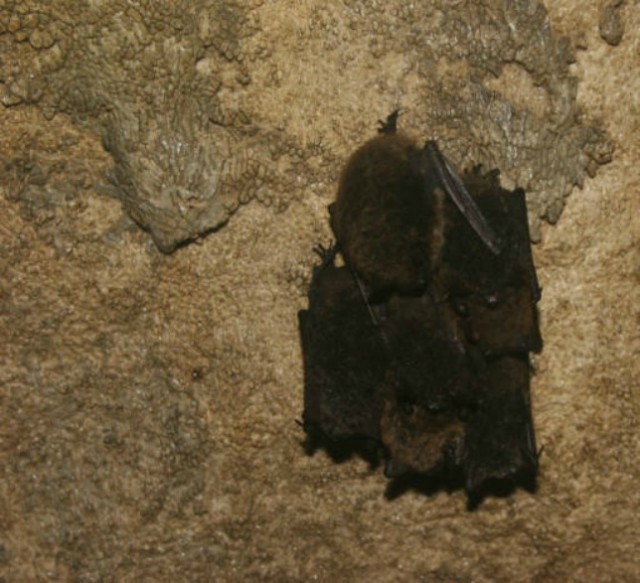[PHOTO CREDIT: US Fish and Wildlife Service, Public Domain]
Check out these short animations about bats! They promote the idea that bats are not scary.
Bats may not be scary once you learn more about them, but they do not make good pets. Indeed, they are often listed as one of the worst pets.
Unlike several other animals, bats live shorter lives in captivity than they do in the wild (up to 30 years in the wild). It is very hard to provide bats with appropriate housing, adequate social interactions with other bats, and a suitable diet. In addition, many species of bat are easily stressed and do not adapt well to captivity.
One of the most bizarre episodes of attempting to use bats in captivity was a scheme developed by the US Armed forces during the 2nd world war.
This plan, called project x-ray, proposed using large numbers of Mexican Free-tailed bats, each carrying a small incendiary bomb attached to its belly by a short string and a surgical clip. The planners of this scheme imagined parachuting cages, containing large numbers of these ‘free-tailed bombers’, over enemy territory. These cages were specially designed to open at a particular altitude thereby releasing the armed bats that would then disperse to buildings. Once in their new roosts, they would chew through the string releasing the bomb which would detonate after a period of time. The potential effectiveness of this project was decreased when it was found that the bats tended to aggregate at one or two sites rather than disperse. Apparently nobody told the engineers that bats are social! Several hundred bomb carrying bats escaped the southwestern USA desert test range and took up residence under an elevated gasoline tank in a nearby town. In addition, several military buildings were accidentally incinerated by stray bats. The project was eventually abandoned just prior to the advent of the atomic bomb.
– modified from Hill JE and JD Smith. 1984. Bats: a natural history. University of Texas press. Austin. 243pp.





